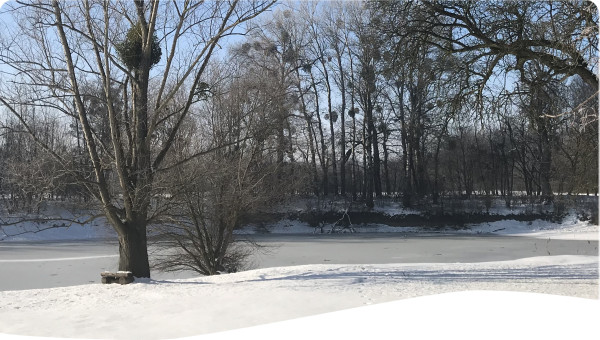Report of the High Level Panel on Financing Infrastructure for a Water-Secure World.
That water is important to human wellbeing is undeniable. That securing water for different uses provides socioeconomic development of countries is also undeniable. However, investing in water resources development is still a challenge for governments around the world.
The water community is very much aware that water infrastructure is key to delivering long-term water security. This means ongoing investment in more storage capacity, more diverse water infrastructure, more efficient water resources use and management, strengthened governance, and better information. However, each choice that is made about water has implications for the wider political economy.
Experience demonstrates that investment and financing are critical to build and operate the infrastructure needed for a water secure world. However, put simply, at a global scale we are not investing enough. More needs to be done.
We need to think carefully about the design and impacts of water infrastructure, in the context of a changing climate. There is also a need to seek potential synergies between water security and energy, transport, food, land use and the environment. In a changing world (from population growth, economic dynamics, and climate change) we need flexible multi-purpose infrastructure. And we must take into account the upstream and the downstream social, economic and environmental impacts. As with any intervention in the natural environment there are choices to be made, each with impacts that are both positive and negative, in other words, there are costs and benefits.
The World Water Council and OECD jointly convened a High Level Panel (HLP) to raise the global debate on how to scale up financing of water infrastructure. The result of the HLP’s work makes it clear that there is no silver bullet that will bridge the financial gap arising from the burgeoning demand for water and the current limitations for supply. Rather there is a more nuanced mix of options that needs to be brought to bear by all stakeholders– governments; financial regulators; productive water users and beneficiaries of water security, such as land and property developers; banks and other commercial financing and investment institutions; water utilities and service providers; individual water users and consumer groups; international, regional or basin agencies; networks and research bodies; International Financing Institutions, Donor Agencies; and civil society organisations and educators.
The challenge is clear: water infrastructure must become “fit to finance”. The question is how to do this. Below are seven key perspectives that the High Level Panel believe are necessary if water is to become “fitter to finance”.
 Resource -
Resource -




